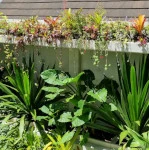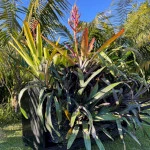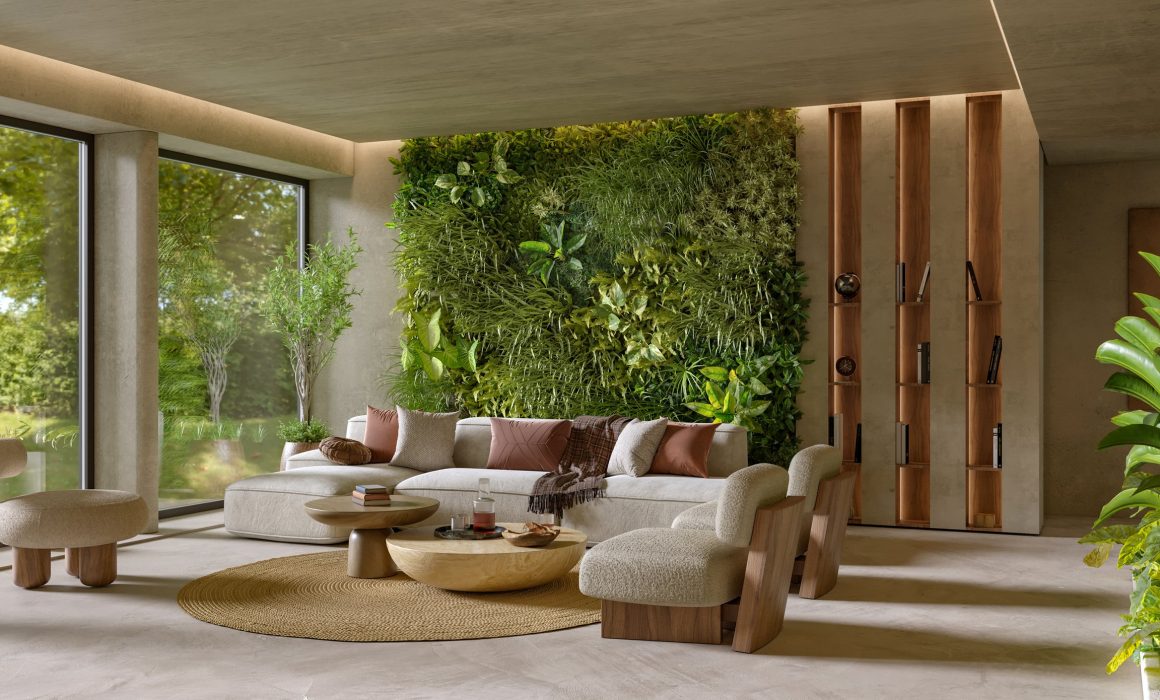How Plants Improve Eco-Friendly Living
Indoor plants have transformed from mere decorative pieces to an essential part of eco-friendly living. Our green companions are more than just aesthetically pleasing, they’re a lifeline to a healthier environment right inside your home. Imagine a living space that not only looks good but also infuses life and positivity into your day-to-day existence. This is where indoor plants come in, bringing a breath of fresh air in the literal sense. So, how do indoor plants become an eco way to green space?
1. Improving Air Quality
Indoor plants act like a sponge for indoor pollutants. They absorb gases through their leaves and roots – a process that had a NASA study place the humble household plant at the frontline of fighting indoor air pollution. But how does this translate to your living room or office? It’s simple. Along with carbon dioxide, plants also absorb a variety of common volatile organic compounds (VOCs), including formaldehyde, benzene, and trichloroethylene, that are frequently released as off-gases from carpets, paints and furniture.
Also, plants spread moisture into the atmosphere through a process called transpiration, which raises humidity and keeps the air in your room cleaner and fresher. Picture it: a steady, invisible stream of water vapour that carries away toxins and replenishes the room with purer air. But what if you’re short on floor space or you’re looking for a way to grow more than just a few potted plants? This is where vertical gardening comes into the picture, transforming your green aspirations into an air-purifying reality.
Indoor vertical gardens, also known as living walls, are not just show-stoppers for their beauty, but they’re also practical applications of air-purifying principles. They increase the surface area for plants, so you can get more air-filtering foliage per square metre. You can improve purifying power through sustainable eco panels and living wall installations.
2. Minimising Carbon Footprints with Leafy Companions
Indoor green plants also play a part in minimising your carbon footprint. The carbon absorption of indoor greenery may seem small compared to the vast forests of the world, but every little bit helps. Most importantly, our living greenwalls use plants suited to the environment, so supported with the right lighting, they won’t ever need to be replaced. That means no more dead indoor plants. We even take the cuttings back to the nursery to be grown into new plants, ensuring we make the most of every plant we nurture.
3. Reducing Energy Use
Did you know that your favourite plants could help cut down your energy bill? It’s true! In the summer when it feels like you could fry an egg on the sidewalk, your indoor plants are quietly at work. Thanks to transpiration, they release water into the air, which helps cool down your indoor place naturally. It’s like having tiny, leafy air conditioners!
Not to mention, green roofs and living walls are great for keeping buildings cool. In the summer, green roofs cover the top of a building with plants, which helps to block out some of the sun’s heat. Living walls do this too, but on the sides of buildings. Studies have found that living walls provide an added layer of thermal resistance. By providing shade, they can reduce how much air conditioning you need to use. These green additions are smart ways to help control the temperature inside your buildings naturally, making your spaces more comfortable and helping to save on energy costs.
4. Boosting Mental Health
But it’s not just about saving energy, it’s also about feeling good. Ever notice how a room with plants just brightens your mood somehow? There’s a reason for that. Studies have shown that having plants around can make us feel less stressed and more cheerful. They’re little green buddies that can help you stay calm and focused. Plus, there’s something deeply satisfying about taking care of them — it’s a bit like hitting a pause button on life’s fast-forward. Even the colour green itself has a soothing vibe, and just looking at plants can remind us of the great outdoors, bringing a slice of Mother Nature into even the most urban apartments.
5. Reducing Noise
The constant noise from traffic and city bustle can be overwhelming. Thankfully, the plants you place in your home and office do more than just brighten up the room — they also help quiet things down. Indoor plants are excellent at soaking up noise, making your living spaces more peaceful. And it’s not only small houseplants that do this. Larger installations like green roofs and living walls are especially good at muffling the sounds from outside. These aren’t just for show, they actively make your environment calmer.
By incorporating these living green additions into your architecture, you’re not just giving your buildings a facelift, but actually engaging in smart design that saves energy and creates a more pleasant living space. So next time you want to create a green living space, consider opting for vertical gardens and green roofs.





